12 visual barriers that are making your space feel smaller
Sometimes it’s not the square footage—it’s the things blocking your eye. Remove these barriers (or work around them), and your rooms instantly feel bigger and calmer.
High-water curtains and skinny rods
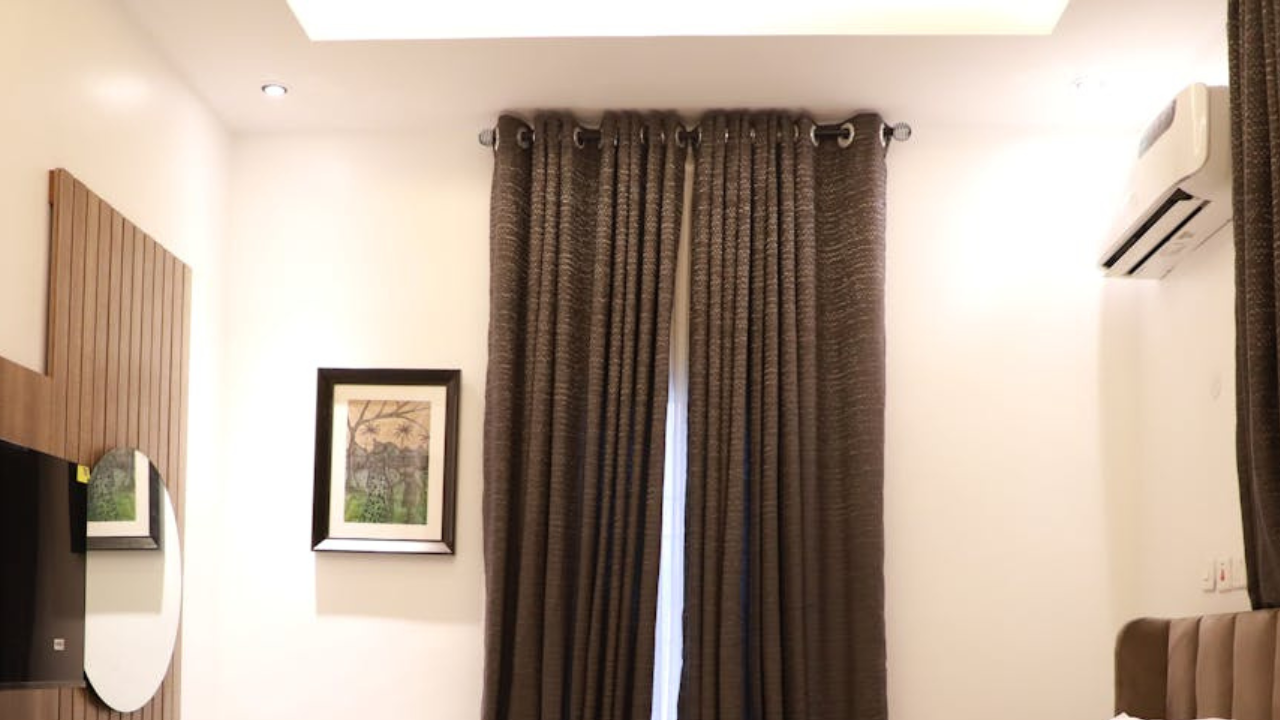
Short panels chop the wall; tiny rods look temporary.
Hang rods near the ceiling, extend them past the window, and let panels kiss the floor.
If panels are an inch short, add clip rings or a bottom band. Height and width buy you visual square footage.
A rug that floats under the coffee table

When front legs miss the rug, the furniture looks like it’s waiting for a bus.
Size up or layer a larger natural-fiber base under your favorite pattern.
Once the group shares a “ground,” the room reads larger and more intentional.
Scattered micro art across big walls

A dozen small frames create visual static.
Go larger and fewer, centered over furniture with bottoms aligned.
If you love a gallery, match frames and mats so order carries the look.
Busy labels and packaging on open surfaces

Boxes, bottles, and bright logos break your palette and shout at the eye.
Decant into clear jars and plain pumps; store refills in a labeled bin behind a door.
Same products, half the noise.
Overhead-only lighting
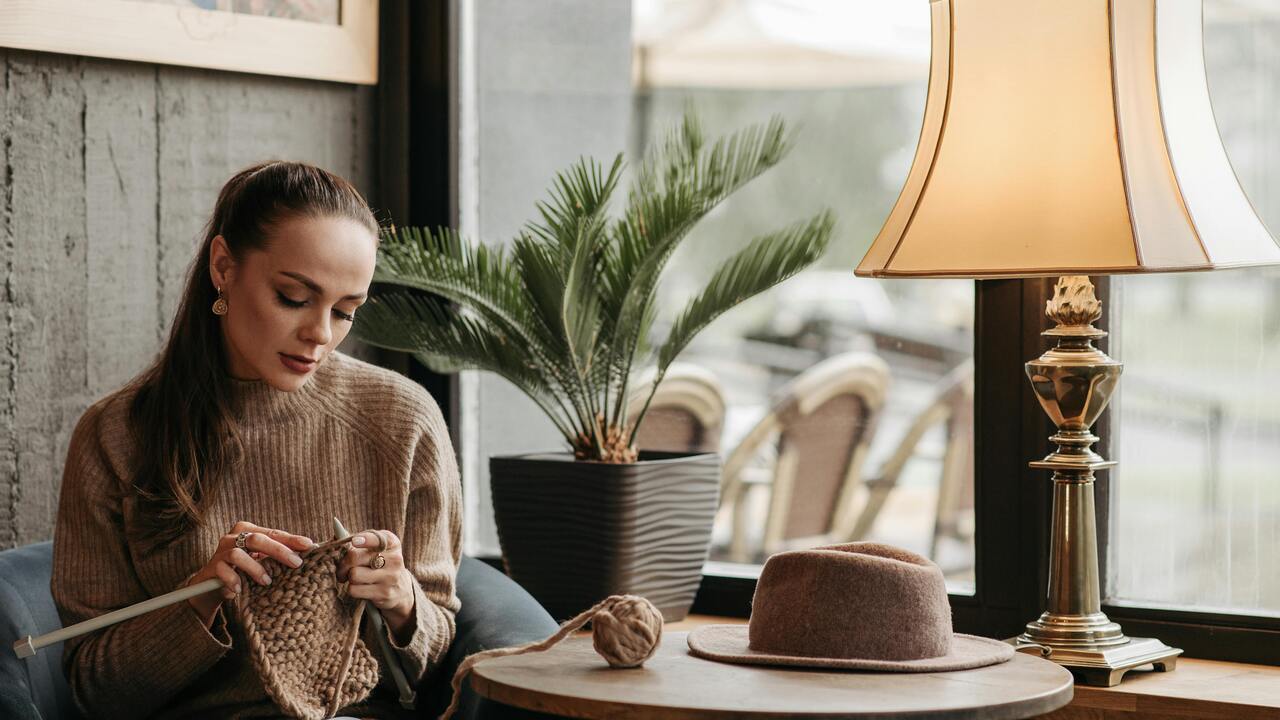
Ceiling glare flattens color and makes corners feel dead.
Add lamps at sitting height and keep bulbs warm and consistent per room.
Light faces, not just paint, and the space instantly relaxes.
Heavy furniture all in one corner

A skirted sofa, solid ottoman, and closed cabinet stacked together feel like a wall.
Swap one piece for something leggy so you see floor under it, or move a lighter chair into that view.
Air below a piece tricks your eye into feeling more space.
Door swings and glare dictating layout
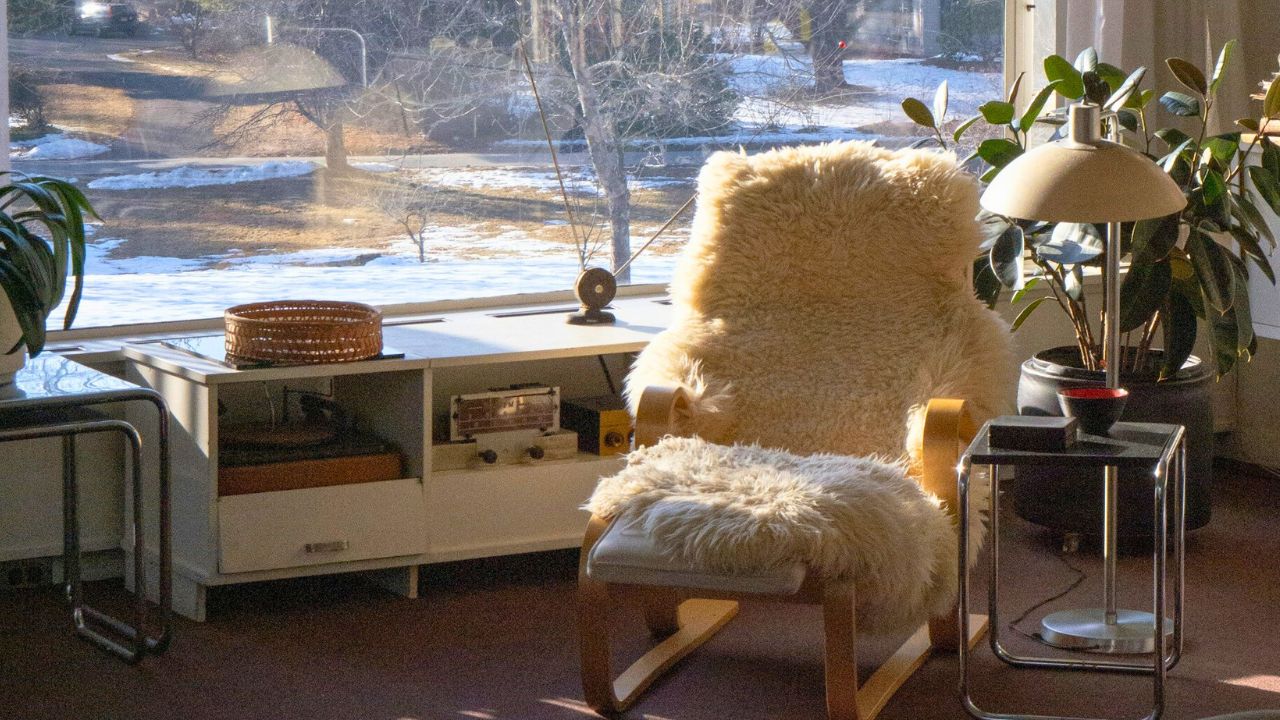
If a door smacks a chair or a window blasts your TV, the room shrinks around those problems.
Use low profiles under windows and angle one seat 10–15 degrees off the glare path.
Sometimes moving a piece two inches saves the plan.
Tall decor blocking sightlines

High vases, stacked books, and oversized plants clustered in the middle create a fence.
Keep tall items near walls and corners; let the center breathe.
You can have drama without blocking the view.
Visual clutter at the entry
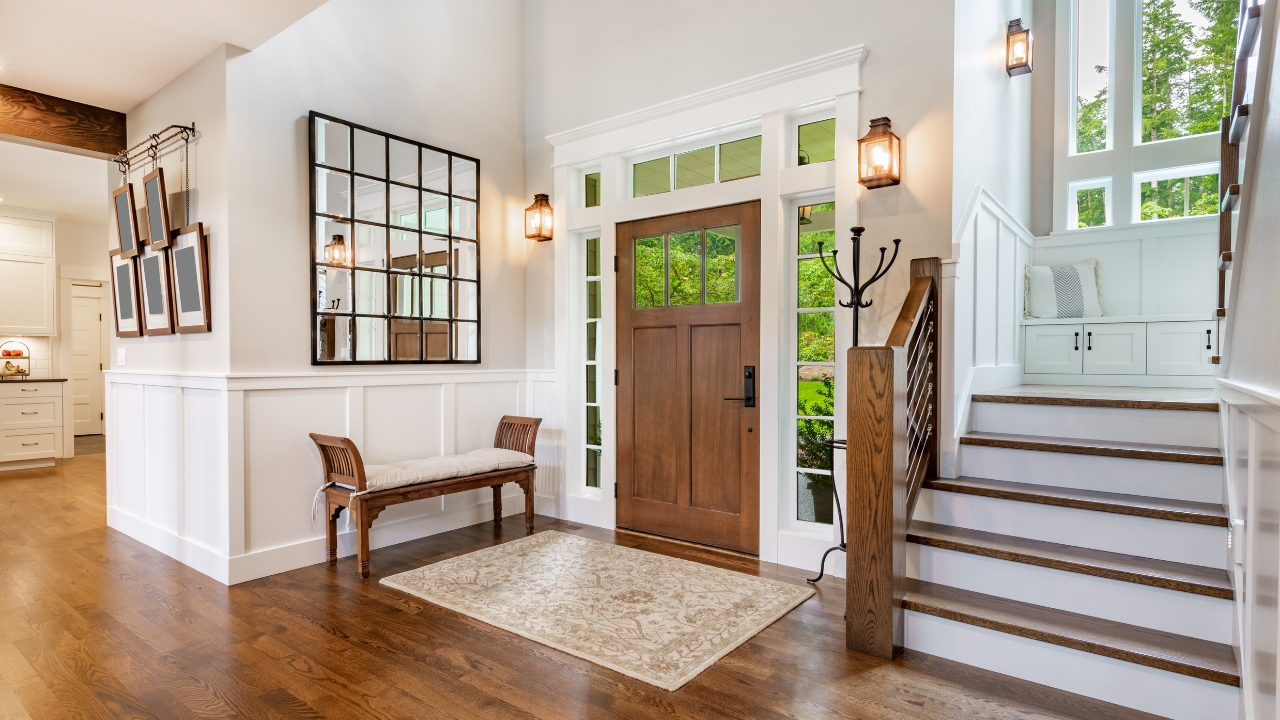
Shoes, mail, and backpacks at the front door make the whole house feel small.
Add hooks, a lidded tray for keys, a boot tray, and a bench or console.
Containment at the threshold buys you calm in every room.
Mismatched lines and heights

Art hung too high, lamps too short, and tables below the arm create jitter.
Center art over furniture, align bottoms, and right-size table and lamp height to the seat.
Clean lines stretch walls without moving them.
Too many finishes in one view

Chrome, brass, black, and copper all at once is visual traffic.
Pick two per room and repeat them with intention.
Quiet repetition makes the space feel cohesive—which reads bigger.
No nightly reset
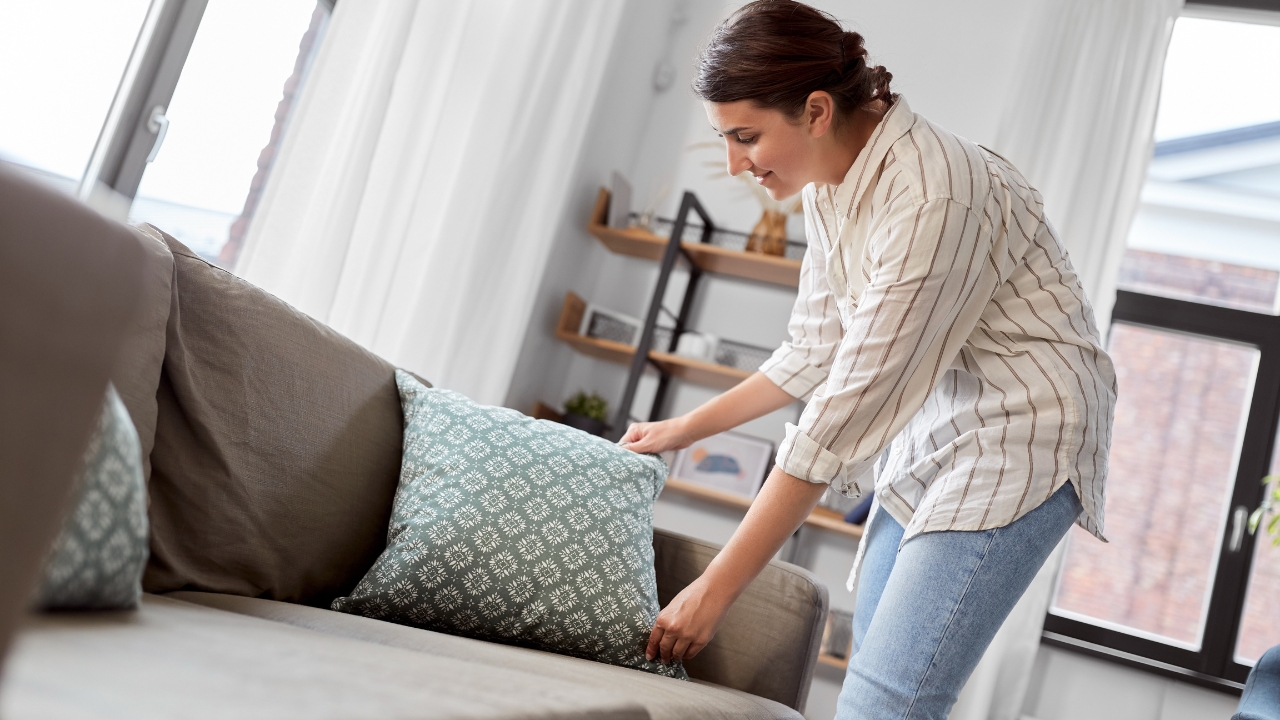
A beautiful room looks small when it’s covered in “in progress.”
Five-minute ritual: fold throws, fluff pillows, clear trays, click lamps.
When edges show and lines are visible, even modest rooms feel generous.
Like Fix It Homestead’s content? Be sure to follow us.
Here’s more from us:
8 upgrades that look like you spent thousands (but didn’t)
9 small changes that instantly make a house feel high-end
*This article was developed with AI-powered tools and has been carefully reviewed by our editors.







